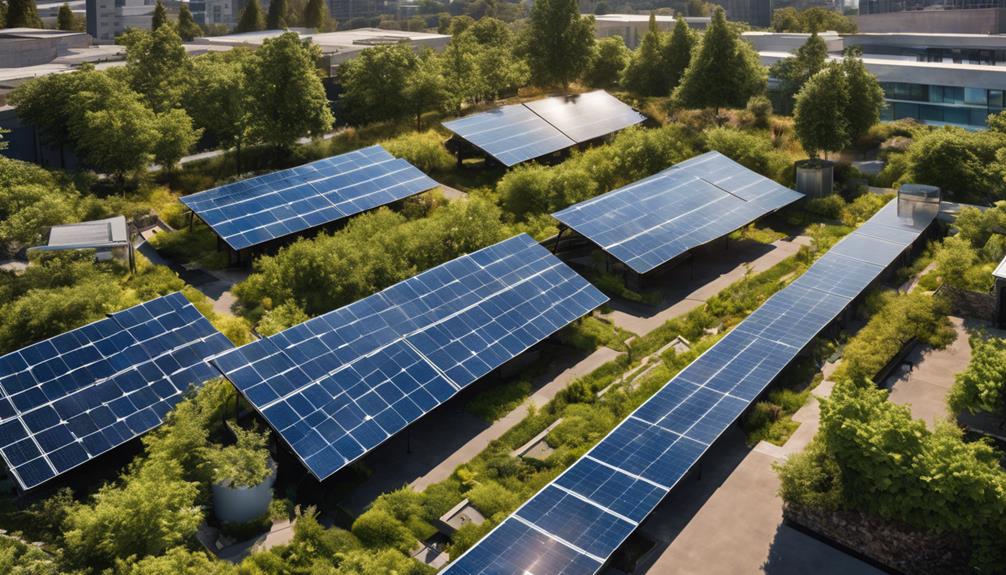
Solar energy has become a cornerstone of California’s renewable energy strategy. As more homeowners and businesses adopt solar technology, the question arises: what happens to solar panels at the end of their life cycle? Recycling solar panels in California is not only essential for environmental sustainability but also for complying with state regulations. In this blog post, we will explore the importance of recycling solar panels, the process involved, and the resources available for California residents.
Why Recycling Solar Panels is Crucial for California
The state of California is a leader in solar energy production, boasting over 1.5 million solar installations statewide. However, as these panels reach the end of their lifespan—typically around 25 to 30 years—the question of recycling arises. Solar panels contain valuable materials like silicon, silver, and glass that can be recovered and reused. By recycling solar panels, California not only reduces landfill waste but also conserves natural resources and minimizes the environmental impact associated with mining new materials. Additionally, recycling supports California’s ambitious goals of achieving a circular economy, where products are reused, repaired, and recycled rather than discarded.
The Lifespan of Solar Panels: What You Need to Know
Solar panels are designed to last for decades, often with warranties ranging from 20 to 25 years. However, their efficiency can decline over time, leading to the eventual need for replacement. Factors such as weather conditions, installation quality, and maintenance can influence a solar panel’s lifespan. Although most panels continue to produce electricity even after 25 years, many homeowners and businesses opt to upgrade to newer, more efficient technologies. Understanding the lifespan of solar panels is essential for planning their end-of-life management, including recycling options available in California.
California’s Regulations on Solar Panel Disposal
California has implemented strict regulations governing the disposal and recycling of solar panels. Under the California Department of Resources Recycling and Recovery (CalRecycle), solar panels are categorized as Universal Waste. This classification means that they cannot be disposed of in regular trash and must be sent to a facility that specializes in recycling hazardous waste. The state encourages manufacturers to take responsibility for their products through Extended Producer Responsibility (EPR) programs, which mandate that they provide recycling solutions for their panels at the end of their life cycle. Understanding these regulations is vital for homeowners and businesses looking to responsibly dispose of their old solar equipment.
The Process of Recycling Solar Panels in California
Recycling solar panels in California involves several steps. First, the panels must be collected and transported to a certified recycling facility. Once there, the panels undergo a mechanical process where they are crushed and shredded. This process separates the valuable materials, including silicon, metals, and glass, which can then be purified and reused in the manufacturing of new products. Advanced recycling technologies are continuously being developed to improve the efficiency and effectiveness of this process. By choosing to recycle solar panels, individuals and businesses contribute to a sustainable future by ensuring that valuable resources are not wasted.
Where to Recycle Solar Panels in California
For California residents looking to recycle their solar panels, several options are available. Numerous organizations and recycling centers specialize in the collection and processing of solar panels. A few notable ones include the Solar Energy Industries Association (SEIA), which provides resources for finding local recycling programs, and CalRecycle, which maintains a list of certified recycling facilities throughout the state. Many manufacturers also offer take-back programs, allowing customers to return their old panels for recycling when they purchase new ones. It is essential to research and select a reputable recycling center to ensure that the panels are processed responsibly.
The Environmental Benefits of Recycling Solar Panels
Recycling solar panels offers numerous environmental benefits. By recovering valuable materials, recycling reduces the need for mining and extracting new resources, which can be both environmentally damaging and energy-intensive. Additionally, recycling helps prevent hazardous substances found in some solar panels, such as cadmium and lead, from contaminating the environment. By diverting solar panels from landfills, California can reduce greenhouse gas emissions associated with waste disposal and contribute to the state’s overall sustainability goals. Ultimately, recycling solar panels plays a vital role in protecting the environment and promoting a greener future.
Economic Opportunities in Solar Panel Recycling
The recycling of solar panels presents significant economic opportunities for California. As the number of solar installations continues to grow, so does the potential market for recycling services. Investing in solar panel recycling facilities can create jobs and stimulate local economies. Moreover, recovered materials can be sold back into the market, providing a revenue stream for recycling companies. With California’s commitment to renewable energy and sustainability, the solar panel recycling industry is poised for growth, making it an attractive sector for entrepreneurs and investors alike.
How Homeowners Can Get Involved in Solar Panel Recycling
Homeowners play a crucial role in the solar panel recycling process. To get involved, they should first understand the regulations and options available for recycling in their area. It is advisable to check with local waste management authorities or recycling centers to determine the best practices for disposing of old panels. Additionally, homeowners can advocate for more recycling programs in their communities, raising awareness about the importance of responsible solar panel disposal. By taking proactive steps, individuals can contribute to a sustainable future and ensure that California remains a leader in renewable energy and environmental stewardship.
Conclusion
Recycling solar panels in California is essential for ensuring environmental sustainability, complying with state regulations, and capitalizing on economic opportunities. As the solar energy industry continues to grow, so does the need for responsible end-of-life management of solar panels. By understanding the recycling process and taking advantage of available resources, California residents can play a vital role in promoting a circular economy and reducing their environmental footprint. With the right approach, recycling solar panels can lead to a greener future for all.





